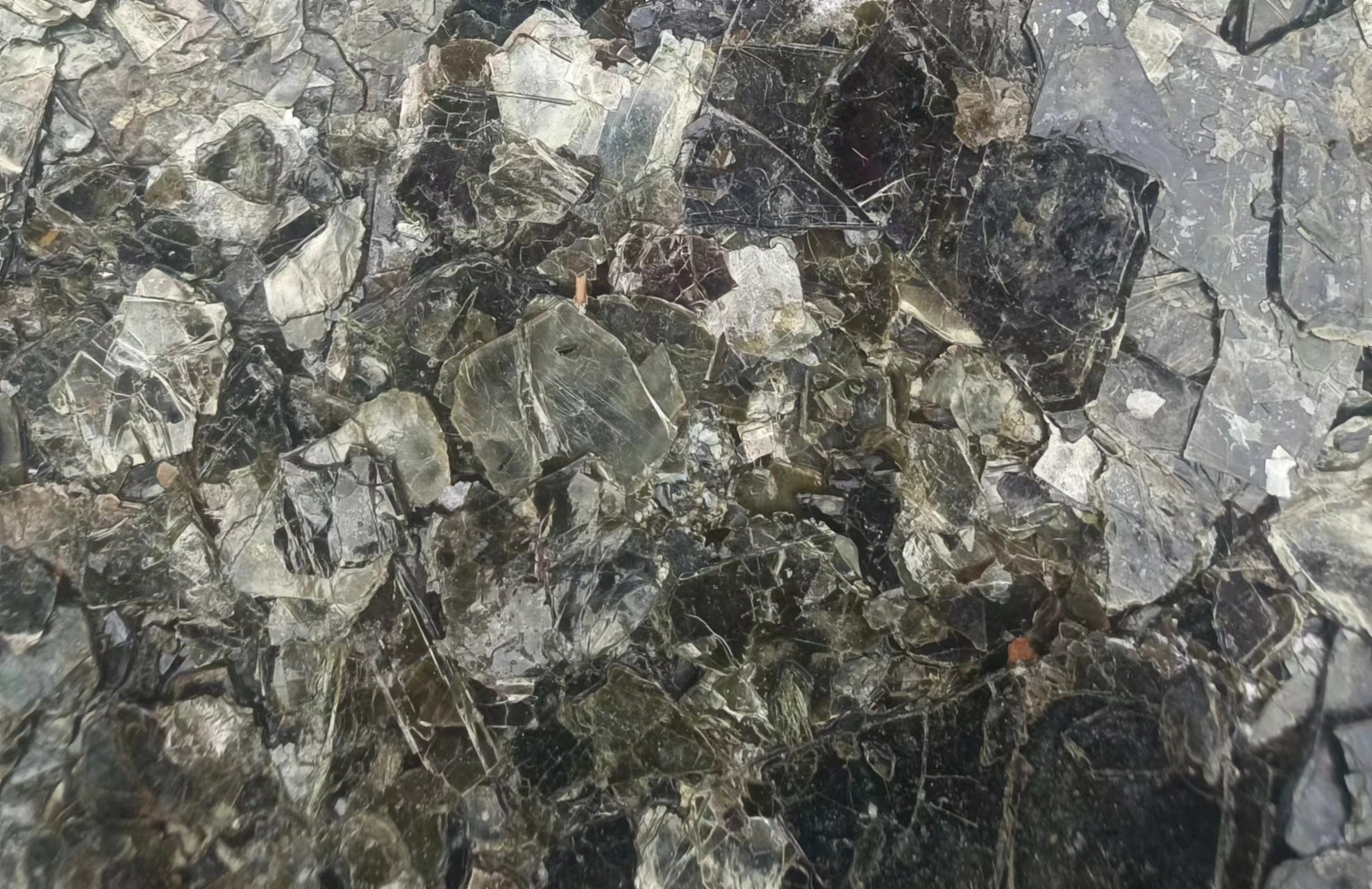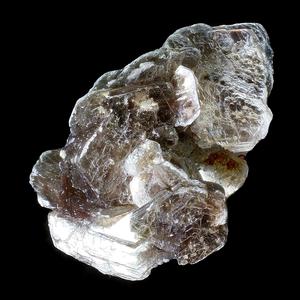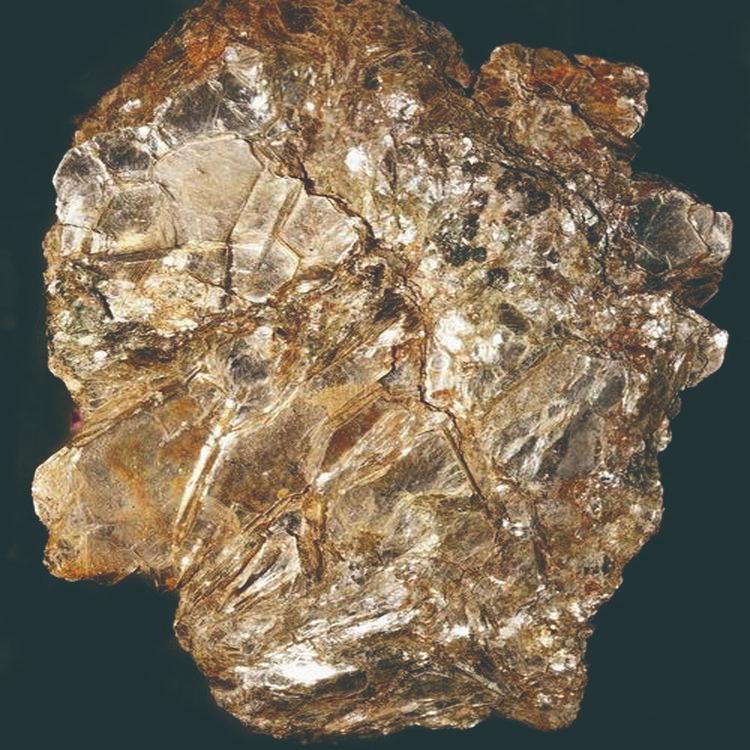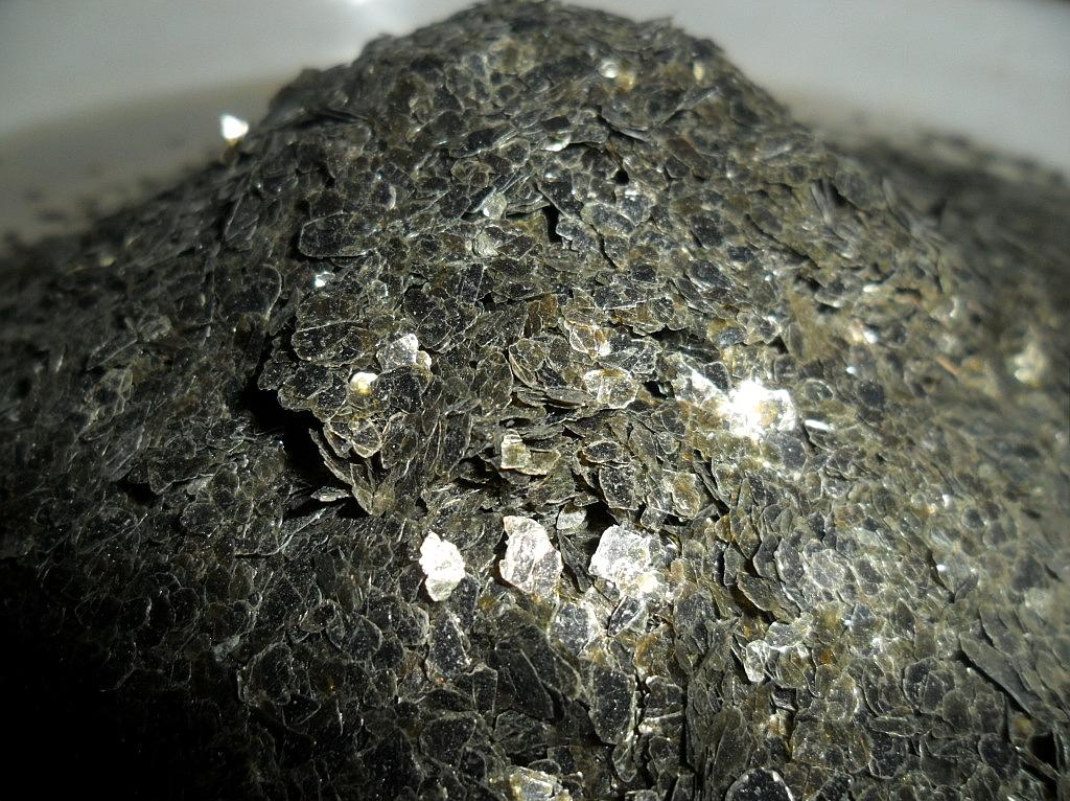What Is Mica And What Is It Used For?
What Is Mica?
Mica represents a group of sheet silicate minerals characterized by their distinctive layered crystal structure. This unique formation creates thin, flat crystals that split easily into flexible, transparent sheets - a property called perfect cleavage.
The name "mica" derives from the Latin word "micare," meaning "to glitter" or "to shine." This etymology perfectly captures mica's most recognizable characteristic: its metallic luster and reflective properties that have fascinated humans for thousands of years.
Geologically, mica forms through metamorphic and igneous processes deep within the Earth's crust. High pressure and temperature conditions transform existing minerals into mica's characteristic layered structure. Major deposits exist worldwide, with significant mining operations in India, China, Brazil, and the United States.

Chemical Composition and Structure
Mica minerals share a common crystal structure based on silicate tetrahedra arranged in continuous sheets. These sheets consist of silicon and oxygen atoms bonded in a hexagonal pattern, creating the mineral's distinctive properties.
The general chemical formula for mica is X₂Y₄₋₆Z₈O₂₀(OH,F)₄, where:
X represents interlayer cations (potassium, sodium, calcium)
Y represents octahedral cations (aluminum, magnesium, iron, lithium)
Z represents tetrahedral cations (silicon, aluminum)
This complex chemistry allows for numerous mica varieties, each with slightly different properties suited for specific applications. The weak bonds between crystal layers enable easy splitting while maintaining strength within individual sheets.
Types of Mica
Muscovite Mica

Muscovite, often called white mica or common mica, represents the most abundant mica variety. Its chemical formula KAl₂(AlSi₃O₁₀)(OH)₂ gives it excellent electrical insulation properties and moderate temperature resistance.
Key characteristics include:
Operating temperature up to 500°C (932°F)
Exceptional electrical insulation properties
Good chemical resistance
Lower cost compared to other mica types
Abundant worldwide availability
Muscovite serves as the primary choice for electrical applications requiring reliable insulation at moderate temperatures. Its combination of performance and cost-effectiveness makes it ideal for consumer electronics and general industrial uses.
Phlogopite Mica

Phlogopite mica, known as amber mica or bronze mica, offers superior high-temperature performance. Its chemical formula KMg₃(AlSi₃O₁₀)(OH)₂ contains magnesium, which enhances thermal stability.
Distinguished characteristics include:
Continuous operation up to 1000°C (1832°F)
Better machinability than muscovite
Superior thermal shock resistance
Higher cost due to processing complexity
Excellent mechanical properties
Industries requiring extreme temperature resistance prefer phlogopite for critical applications where failure isn't acceptable. Its enhanced thermal properties justify the premium cost in demanding environments.
Biotite Mica

Biotite, or black mica, contains iron and magnesium in its crystal structure. While less common in industrial applications, it plays important roles in geological processes and specialized uses.
The formula K(Mg,Fe)₃(AlSi₃O₁₀)(OH)₂ reflects its iron content, which affects both appearance and properties. Biotite typically appears dark brown to black, distinguishing it from lighter mica varieties.
Lepidolite Mica
Lepidolite represents a lithium-bearing mica with unique properties. Its chemical composition K(Li,Al)₃(Al,Si,Rb)₄O₁₀(OH,F)₂ contains lithium, making it valuable for specialized applications.
This mica variety serves as a source of lithium for batteries and ceramics. Its distinct lavender to pink color makes it popular in decorative applications and gemstone collections.

Key Properties of Mica
Electrical Insulation
Mica's exceptional electrical properties make it indispensable in electrical applications. Its dielectric strength typically ranges from 14-20 kV/mm, providing reliable insulation even at high voltages.
The volume resistivity exceeds 10¹⁴ Ω·cm, ensuring minimal electrical leakage. This property remains stable across wide temperature ranges, unlike many synthetic insulation materials that degrade with heat.
Low dielectric loss factor (less than 0.01 at 1 MHz) maintains electrical efficiency in high-frequency applications. These combined properties make mica the preferred choice for critical electrical insulation needs.
Thermal Resistance
Mica's thermal properties enable operation in extreme temperature environments where other materials fail. Muscovite withstands temperatures up to 500°C, while phlogopite operates continuously at 1000°C.
Low thermal expansion coefficients (8-12 × 10⁻⁶/°C) prevent dimensional changes that could compromise system integrity. This stability proves crucial in applications experiencing thermal cycling.
Thermal conductivity ranges from 0.5-0.7 W/m·K, providing moderate heat transfer while maintaining insulation properties. This balance enables thermal management without compromising electrical isolation.
Mechanical Strength
Despite its ability to split into thin sheets, mica demonstrates impressive mechanical properties. Flexural strength typically ranges from 80-120 MPa, providing adequate structural support.
The unique crystal structure creates anisotropic properties - strength varies significantly with direction. Parallel to crystal layers, mica shows flexibility and elasticity. Perpendicular to layers, it provides excellent compressive strength.
This directional strength enables applications requiring both flexibility and structural integrity. Proper orientation maximizes performance in specific loading conditions.
Chemical Inertness
Mica exhibits remarkable resistance to chemical attack from acids, alkalis, and organic solvents. This inertness ensures long-term stability in harsh chemical environments.
Resistance to weathering and UV radiation makes mica suitable for outdoor applications. Unlike organic materials, mica won't degrade from prolonged sunlight exposure.
Water absorption remains minimal (typically less than 0.5%), preventing property changes in humid conditions. This stability maintains performance across diverse environmental conditions.
Industrial Applications
Electronics and Electrical Industry
The electronics industry represents mica's largest market segment, consuming approximately 50% of global production. Mica's combination of electrical insulation, thermal stability, and mechanical properties makes it irreplaceable in electronic applications.
Capacitors utilize mica's low dielectric loss and high voltage rating. Mica capacitors provide exceptional stability and reliability in precision circuits, radio frequency applications, and high-voltage systems.
Electrical insulation relies heavily on mica sheets and boards. Power generation equipment, transformers, and motors use mica for slot insulation, phase separation, and component protection.
Heating elements incorporate mica for both insulation and heating surfaces. Electric heaters, hair dryers, and toasters use mica's thermal properties to provide safe, efficient heat distribution.
Semiconductor manufacturing depends on mica's purity and thermal properties. Processing equipment uses mica heating plates and fixtures that won't contaminate sensitive semiconductor materials.
Automotive Industry
Modern vehicles increasingly rely on mica components for thermal management and electrical systems. The automotive industry's shift toward electrification has expanded mica applications significantly.
Electric motor insulation uses mica sheets to separate windings and provide thermal barriers. Electric and hybrid vehicles require reliable insulation that performs throughout temperature extremes.
Battery thermal management incorporates mica barriers to prevent thermal runaway and provide fire protection. Mica's non-combustible properties enhance battery safety in electric vehicles.
Exhaust heat shields utilize mica's thermal resistance to protect components from extreme exhaust temperatures. These applications require materials that maintain integrity above 800°C.
Brake systems use mica in friction materials and heat shields. Mica's thermal stability and friction properties contribute to consistent braking performance.
Construction and Building Materials
The construction industry uses mica in various forms to enhance material properties and performance. Both functional and aesthetic applications benefit from mica's unique characteristics.
Roofing materials incorporate mica flakes to improve weather resistance and provide reflective properties. Asphalt shingles with mica coating last longer and reflect more heat than standard alternatives.
Concrete additives use mica to reduce shrinkage and improve workability. Fine mica particles enhance concrete's thermal and electrical properties while reducing permeability.
Insulation materials combine mica with other materials to create high-temperature insulation systems. Industrial furnaces and high-temperature processes rely on mica-based insulation.
Decorative applications utilize mica's natural shimmer and color variation. Architectural finishes, terrazzo flooring, and decorative panels incorporate mica for aesthetic appeal.
Paints and Coatings
Mica serves multiple functions in paint and coating formulations, enhancing both performance and appearance. Its plate-like structure provides unique benefits unavailable from spherical fillers.
Barrier properties improve when mica flakes create overlapping layers that block moisture and chemical penetration. This lamellar structure significantly enhances corrosion protection.
Thermal insulation increases with mica content, making coatings suitable for high-temperature applications. Industrial equipment benefits from mica-enhanced coatings that resist thermal degradation.
UV protection results from mica's ability to reflect and scatter ultraviolet radiation. Exterior coatings with mica maintain color and gloss longer than conventional formulations.
Texture and appearance benefit from mica's natural luster and light-reflecting properties. Decorative coatings achieve unique visual effects through various mica grades and particle sizes.
Consumer Applications
Cosmetics Industry
The cosmetics industry represents one of mica's most visible consumer applications. Mica's natural shimmer and light-reflecting properties create the lustrous effects prized in makeup products.
Foundation and powder
Previous Page








